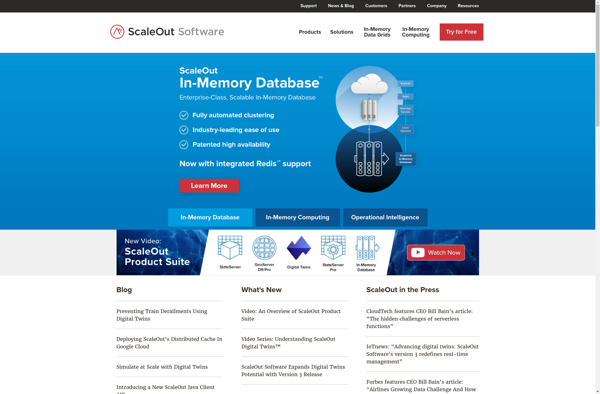Titan Database
Titan Database: An Open-Source Graph Database for Large-Scale Graph Storage and Querying
An open-source, distributed graph database optimized for storing and querying graphs containing hundreds of billions of vertices and edges, providing real-time data access through a transactional database.
What is Titan Database?
Titan is an open-source, distributed graph database designed to handle large-scale graph data sets efficiently. It utilizes a NoSQL architecture and provides linear scalability, as well as real-time data access through a transactional database.
Some key features of Titan Database include:
- Support for graph structures containing hundreds of billions of vertices and edges
- Native storage on top of popular NoSQL databases like Apache Cassandra and Apache HBase
- Linear scalability across multiple machines with fast traversals across edges
- Real-time, ACID transactions for ensuring consistency and integrity of data
- Integration with popular data science frameworks like Apache TinkerPop for advanced graph analytics
- Native indexing for optimized query performance, as well as schema flexibility
- High availability through disaster recovery and decentralized architecture
Titan is commonly used to model complex networks and connections found in domains like social networking, recommendation engines, fraud detection, and master data management. Its graph capabilities allow capturing intricate relationships in large-scale graphs efficiently.
Titan Database Features
Features
- Distributed graph database
- Highly scalable
- Real-time data access
- ACID transactions
- Multi-model storage
- Elastic scaling
- Global graph analytics
- Native integration with Apache Spark & Apache TinkerPop Gremlin
Pricing
- Open Source
- Custom Pricing
Pros
Cons
Official Links
Reviews & Ratings
Login to ReviewThe Best Titan Database Alternatives
Top Development and Databases and other similar apps like Titan Database
Here are some alternatives to Titan Database:
Suggest an alternative ❐DBeaver
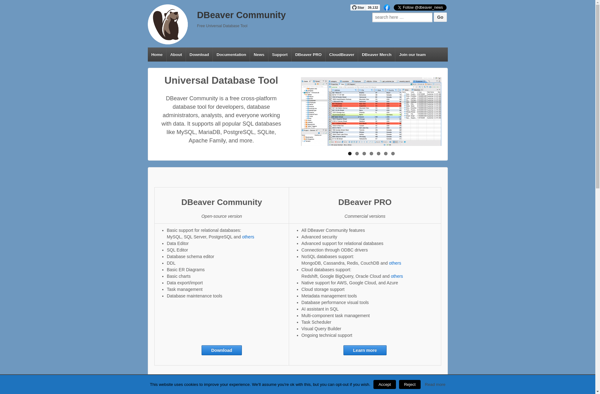
Sequel Pro

SQLite
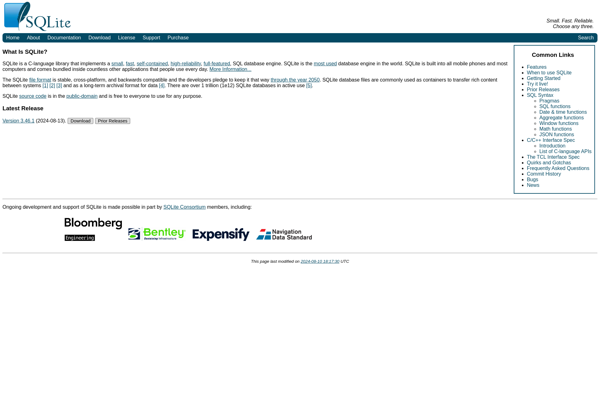
Redis
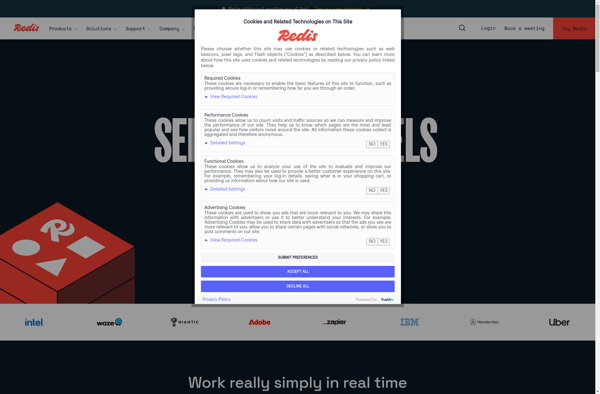
MongoDB

PostgreSQL
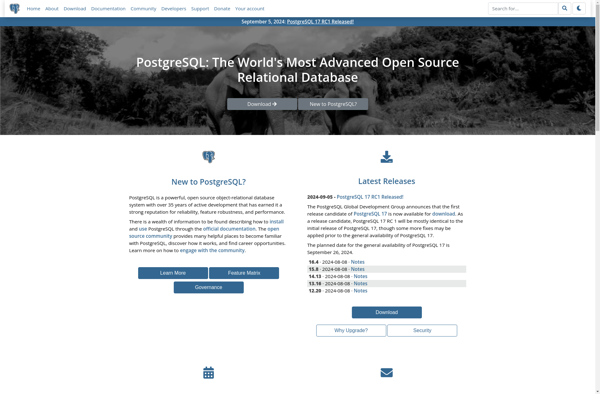
MySQL Community Edition
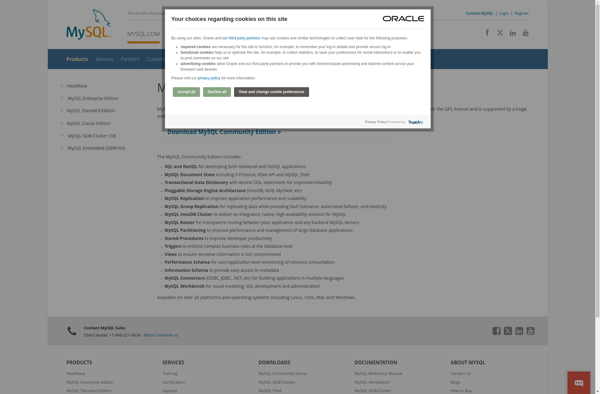
MariaDB
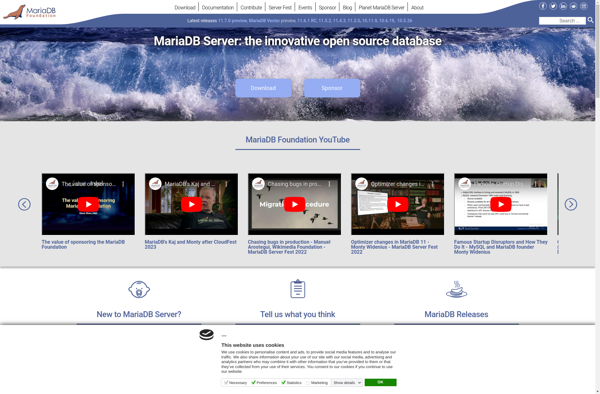
CouchDB
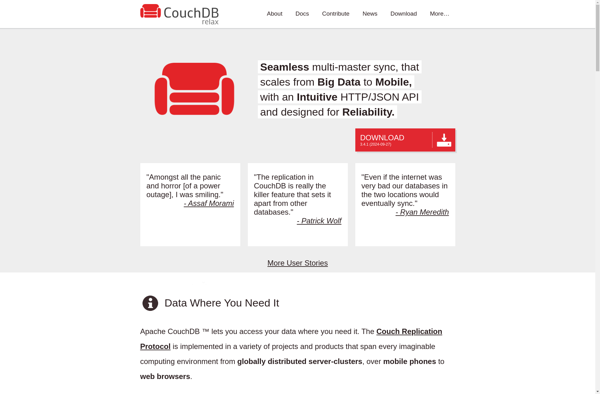
Microsoft SQL Server
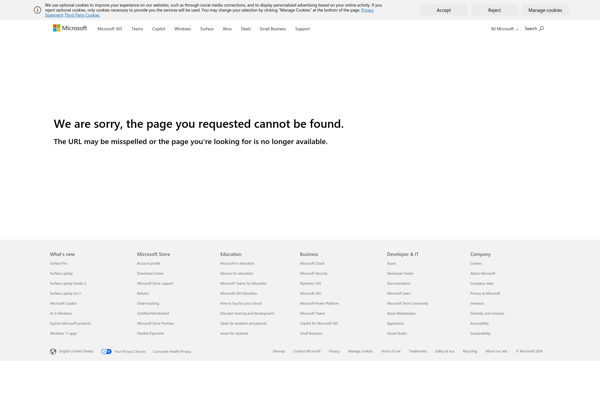
Nebula graph
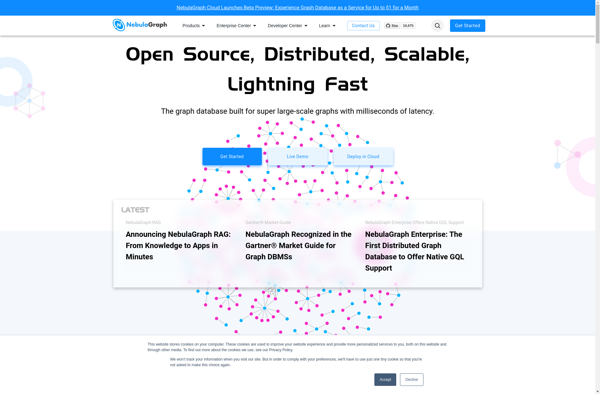
DbGate
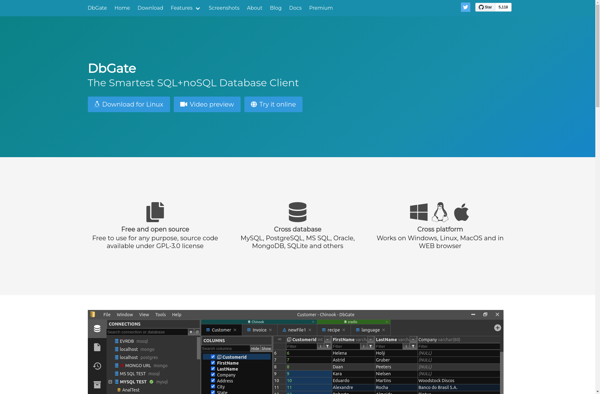
Google Cloud Bigtable
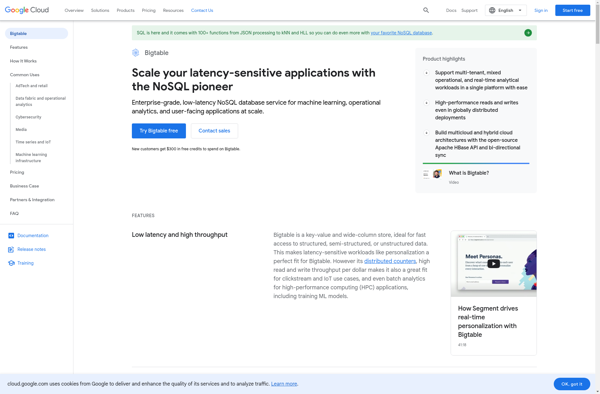
Neo4j
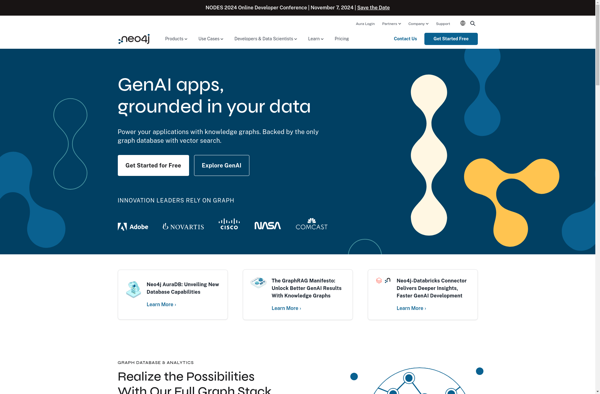
NetworkX
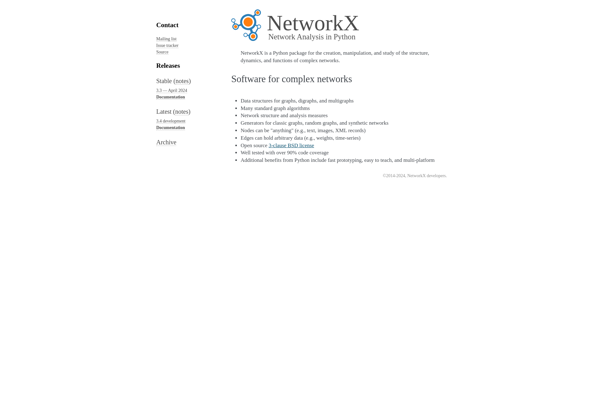
HyperDex

TerminusDB
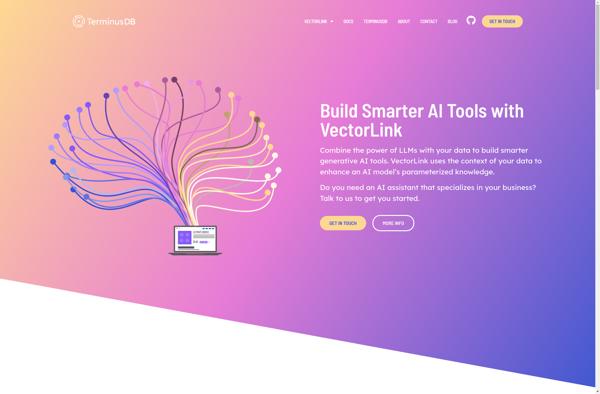
Datomic
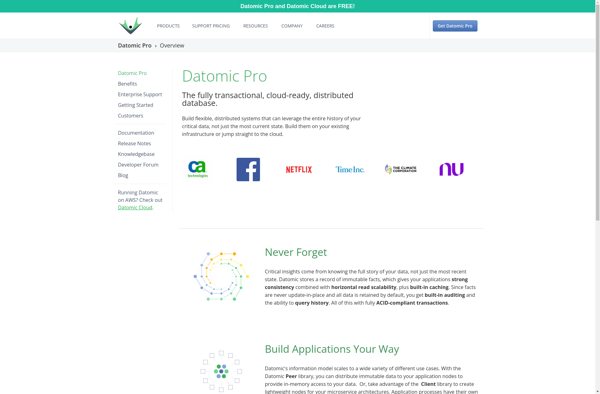
RedisGraph
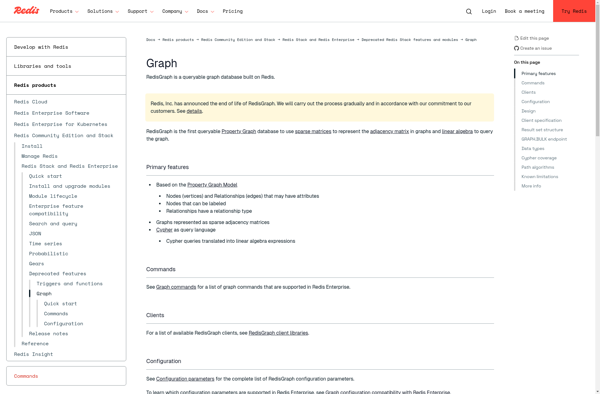
LemonGraph
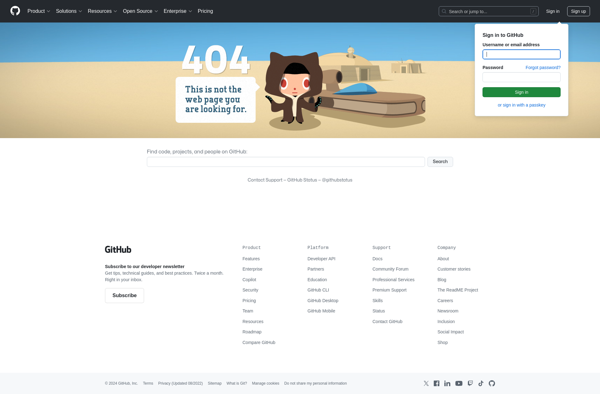
Trinity Graph Engine
FleetDB
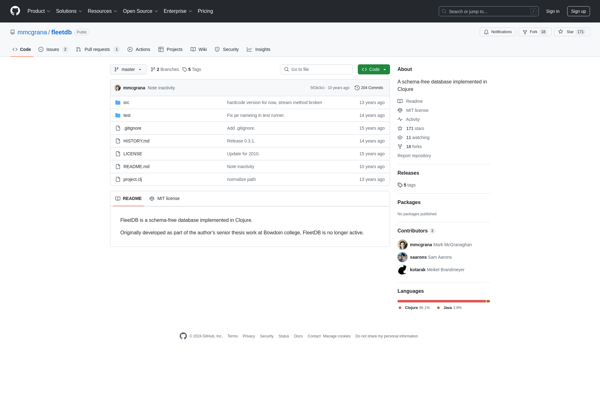
JanusGraph
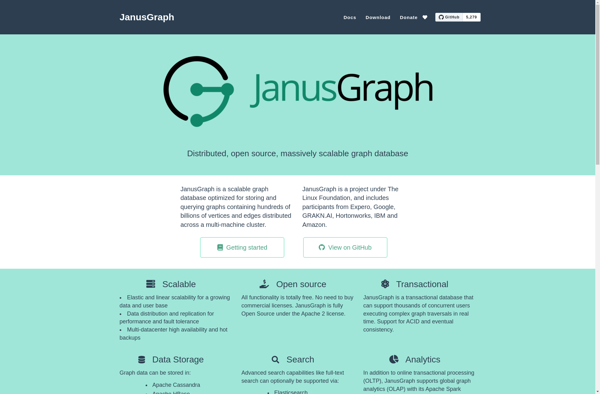
BigMemory
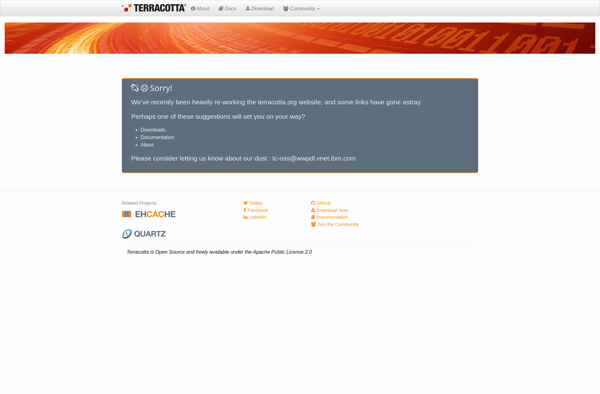
Persevere

EJDB
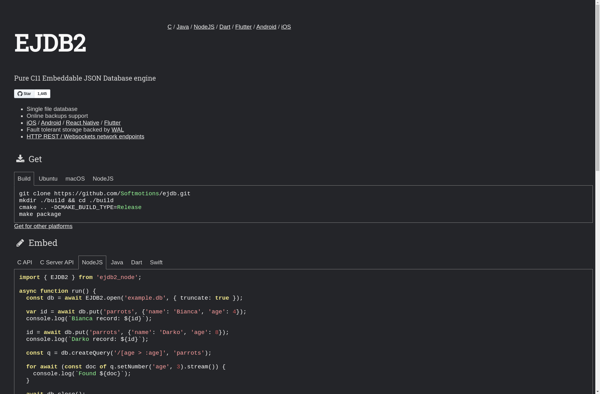
ScaleOut
